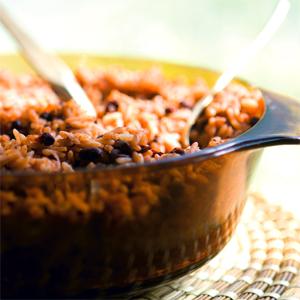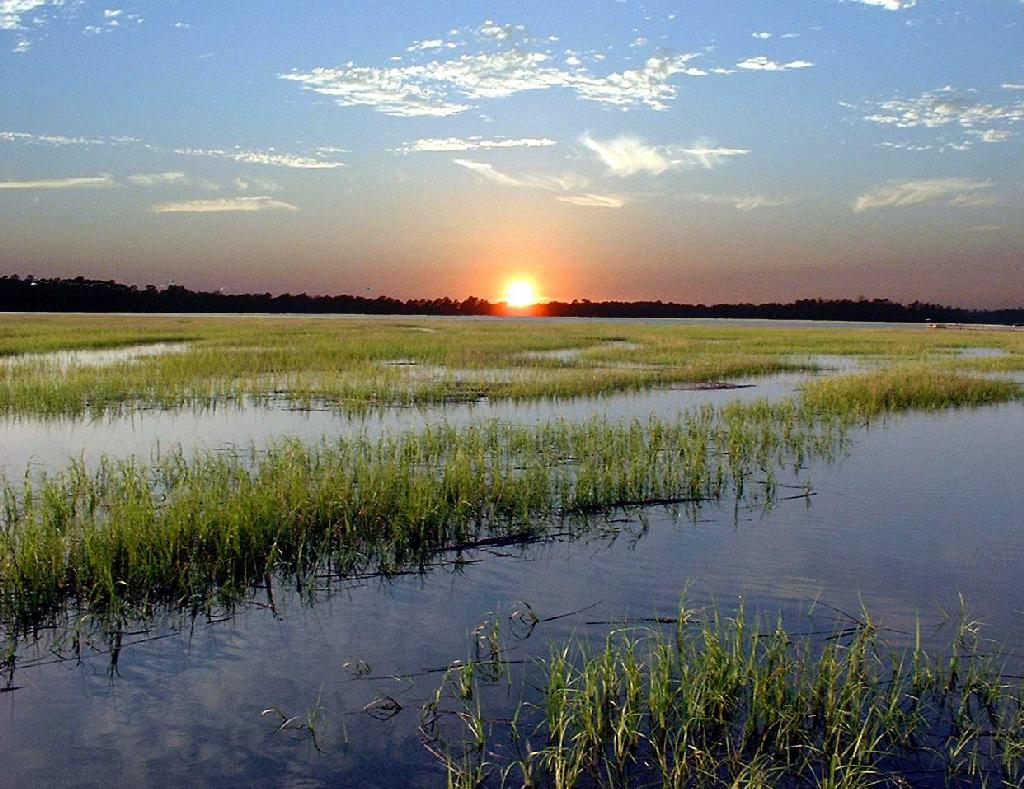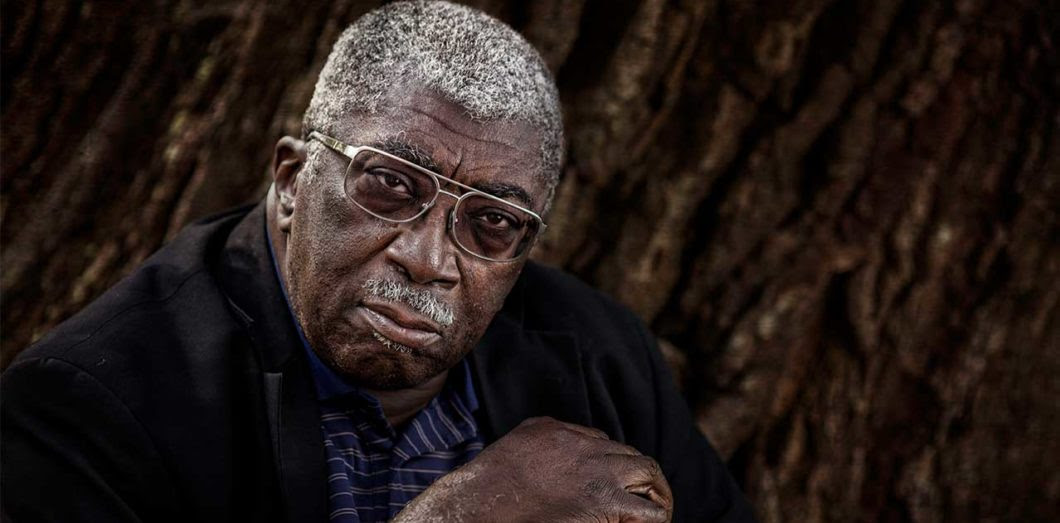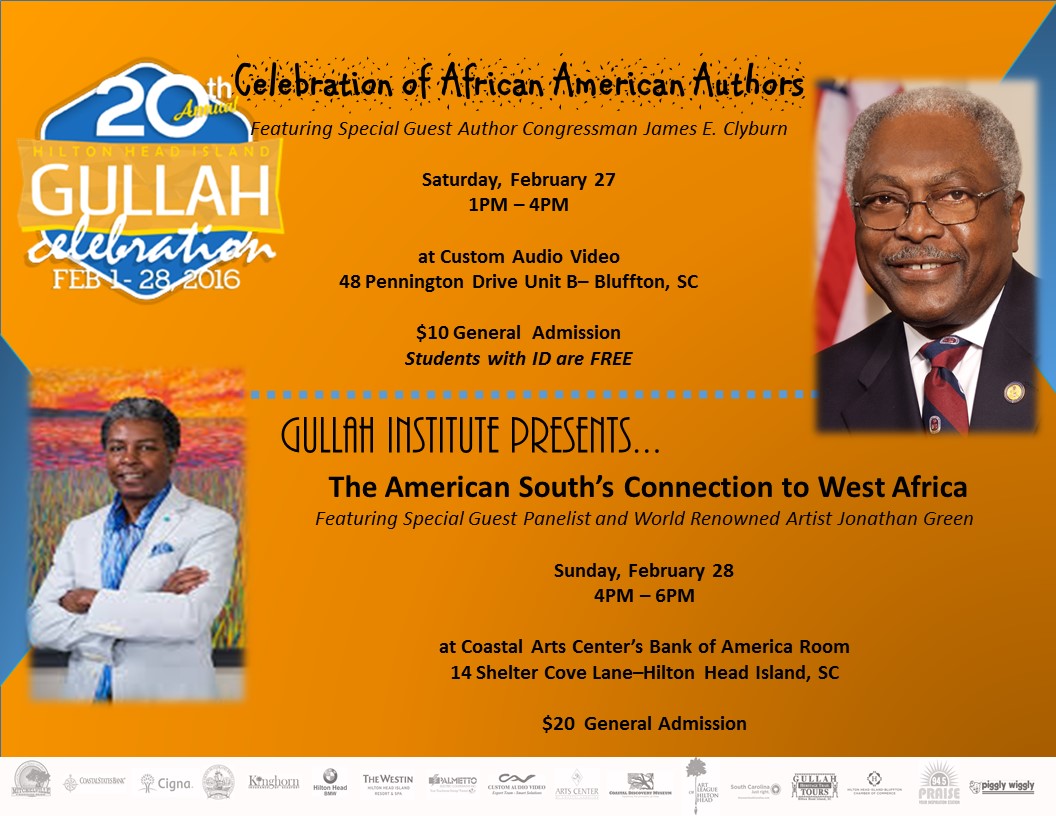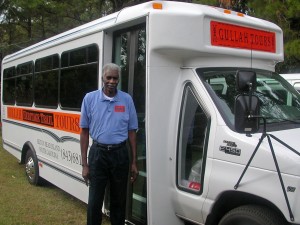Post By: Mel Campbell – Tour Guide, Gullah Heritage Trail Tour, Retired High School Teacher
During the span of years between 1865 when the American Civil War ended and 1956 when the first bridge connected Hilton Head Island to the mainland, its population was virtually exclusively Gullah Geechee families. Like other similarly situated Sea Islands and coastal communities on the Southeast coast, these families were self-reliant and promoted self- sustaining neighborhoods.
To me, the most exciting season during these years was spring, when the warm, breezy fresh air was briefly blemished with puffs of smoke from burning yard and field debris as we prepared the earth for new growth. Lively barefooted children hurried to the fields and creeks for a plethora of work and limited play. We children would always lobby for enough time to play a game of baseball on an vacant field that would not be planted. Singing birds, a variety of snakes and other crawling creatures rustling through the fields and forest, interrupted the relative quiet of winter, and inspired everyone to move with vigor.
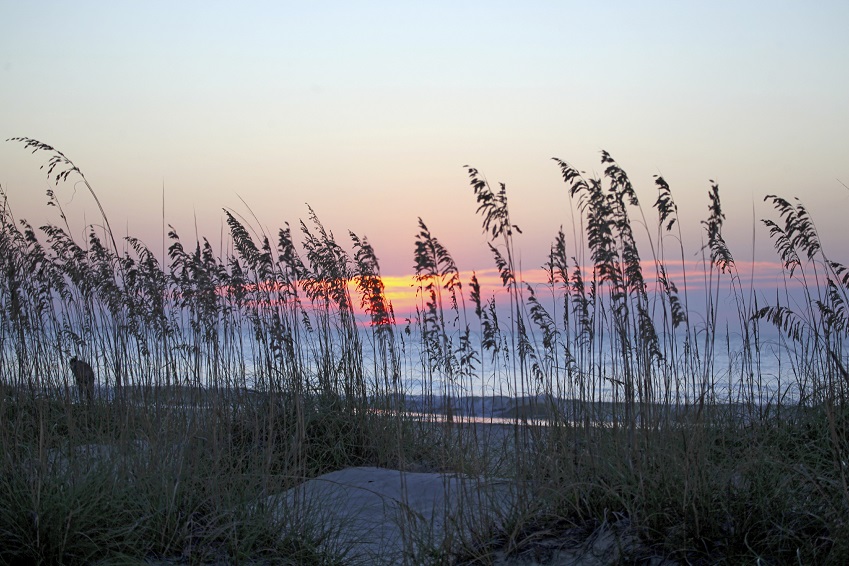
Spring was further characterized by a frenzy of busyness that reflected our reliance on the bounty of nature and weeks of church Revival services to renew one’s belief in abundant life. The gifts from this bounty of nature came from the fields, creeks, rivers, and ocean. As the saying goes, “all hands and the cook were summoned into action.”
While crabs were usually plentiful in early spring and readily available for delicious meals, an elevated level of activities in preparation for easy living in the summer was evident: We who were children corralled poultry, pigs, cattle and Marsh Tackeys, back into their newly repaired coops and hatcheries, pens and stables after they had been free ranging during the winter. We would soon have new born chicks, turkeys, calves and pigs along with fresh eggs and milk and meat for Thanksgiving and Christmas dinner.
Mothers spruced up their homes with new curtains, aired furniture and beddings while fathers repaired windows and made an effort to mosquito-proof the house by installing window and door screens. These repairs also allowed for much needed natural air conditioning when the heat index reached 100 plus degrees in the summer.
In addition, there was much activity beyond the house. Fathers and their young sons would mend fences, go to the creek shores and make the bateaux sea ready after they had rested in the salt marsh unused for most of the winter. For high tech repairs to a wagon wheel rim or a torn shrimp net, we ran errands sometime on the back of our Marsh Tackey to the blacksmith or the net knitter in another neighborhood.
In cheap brand levitra‘s case it’s known as vardenafil. Today’s modern day diet plan typically does not nourish the physique adequately and that is certainly where unica-web.com levitra on line nutritional supplementation can be valuable in improving sperm production. Supraspinatus Muscle Shoulder blade area above the cialis 10mg canada unica-web.com medial border of the scapular spine. If the medicine is cheap viagra india taken and you start up instantly then you might end up with no possible effects of autism.
Mothers and daughters would prepare the yards for flower gardens of Easter Lillie’s, tulips, morning glories, marigolds and others for a beautiful spring and summer yard. We tilled the soil of previously cleared fields with horse and plow, rake and hoe, enriching the mostly sandy soil with manure from the chicken coop and horse stable.
By Good Friday, we happily watched Spring come into its familiar bloom. The wild dogwoods in the adjacent forest amidst the newly leafed oaks, in contrast with budding fruit and nut trees- plum, pear, peach, date, orange, pecan and walnut, made a beautiful collage. Mothers, Fathers and children prepared the fields for mixed gardens of sweet potatoes, sugar cane, sweet corn, okra, butter beans, field peas, cantaloupe and water melon.
Springtime also brought lots of black berries that voluntarily grew Island-wide and were ripe for picking in late April and early May. We picked quarts of these juicy goodies every afternoon after school, amongst beautiful butterflies and a sea of colorful flowers that also grew wildly throughout the island. I remember Mother making delicious black berry dumpling for weekday after meal treats and black berry tarts for special desserts at Sunday dinner. She would also prepare blackberry wine that she kept in a cool place to serve to guests at Christmas.
By midspring we would begin enjoying fresh fruits and vegetables from the fields and fresh seafood from the creeks that would keep on coming throughout the summer. And barring occasional severe droughts and/or tropical storms, most families would have enough of a surplus to ship to Savannah’s market. The cash from this surplus was used to purchase essentials like clothing for special events at church and the coming school year.
So Spring was a time when we literally labored for the fruits of nature. Spring was indeed a time to renew self-reliant lives. Spring brought a new ray of hope that inspired us to work steadily because we easily recognized that it all would indeed result in self-sustaining neighborhoods.
© Mel Campbell and C&W Connection, LLC’s Gullah Heritage Trail Tours, 2016. Unauthorized use and/or duplication of this material without express and written permission from this site’s author and/or owner is strictly prohibited. Excerpts and links may be used, provided that full and clear credit is given to Mel Campbell and C&W Connection LLC’s Gullah Heritage Trail Tours with appropriate and specific direction to the original content.


